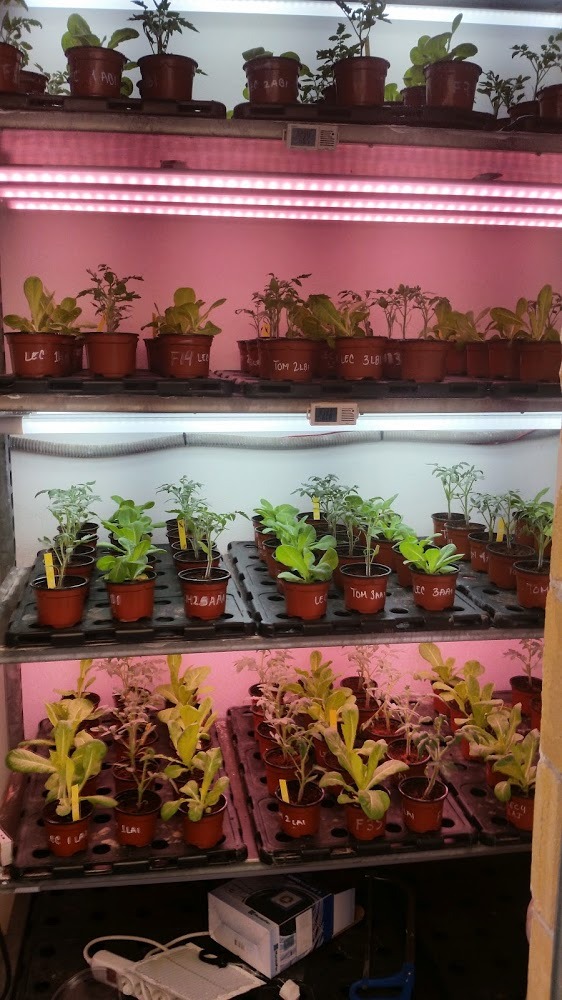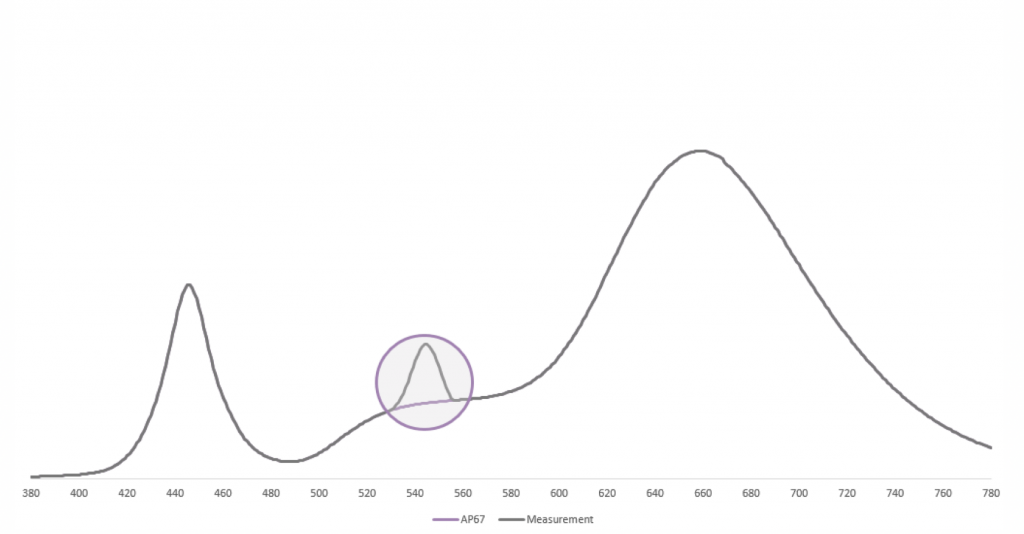8 Tips for Setting Up Successful Plant Trials with LED
LED grow lights provide an easy opportunity for growers and scientists to conduct plant trials with simple installations and a broad range of different spectra in multiple form factors. The following tips should encourage scientists and commercial growers who are currently not familiar with studies in horticultural lighting, to find out how the different features of light are valuable for plants in their application. These tips should also help you avoid most common mistakes made which render results useless.
1.Environment
A trial can be conducted in controlled environments like growth chambers, greenhouses or plastic tunnels (the LED spectrum will be diluted by natural light in the latter two). In conditions with natural light no day is like the next, thus longer trial periods are beneficial (best to cover all seasons winter, spring, autumn and summer). Further data such as daily light integral (DLI) of outdoor light or “working hours” (switch on / off) of the supplemental LED lamps, help to analyse the result after finishing the trial.
2.Light intensity
Plants convert the energy of photons into chemical energy. Through an intensity study you investigate the plant response to different light intensity levels.
If you conduct the trial in a rack setup the lowest intensity must be placed on the top shelf and highest on the bottom shelf. This way you will avoid stray light rays increasing the light intensity of treatments where it is supposed to be low. Naturally, dark foil that encloses a shelf and prevents light from escaping will serve this purpose as well.
Select the intensity steps equally for the data analysis you will be conducting. Specify your reference intensity height, which can be the canopy or something else and keep in mind: plants grow towards the light! Therefore, use dimmable luminaries and dim down the lamps as plants grow taller. Adjust it to your target intensity during the trial period for a consistent intensity level throughout the study. Otherwise the intensity level will naturally increase, while the plant is growing.
3.Light quality
Next to the intensity, the light composition (spectrum) steers plant growth and plant development. If you feel unsure about which spectrum supports your growing target, you can find many recent published studies (Margit Olle, 2013; Demotes-Mainard et al., 2016; Bantis et al., 2018) or you contact the biologists of your lighting supplier. If a lighting supplier does not conduct research and does not have proprietary data, stay away from them! The only way to be certain a spectrum will work is if the company selling it has conducted extensive research with various plants, in various settings and with verification rounds.
Studies with different light spectra are more difficult to conduct as the individual treatments need to be separated properly (Fig.1). You can use black or white foil to separate the treatments but take care especially in closed environments that that the air circulation is not blocked.
Target for the same intensity in each light treatment to obtain comparable results.

Fig.1 Trial setup to test different light spectra in a trolley.
4.Photoperiod
The development of some plant species is controlled by the photoperiod (relation of day hours to night hours). Such short-day plants or long-day plants flower only when the critical photoperiodic duration is not reached or exceeded, respectively. Already very low light intensities 2-3 µmol/m-2/s1 are sensed and mediate a plant response (Lopez, 2009). Note that in greenhouse or plastic tunnels even moonlight or streetlight transmits a signal to the plant. Hence, you need to design the test area very carefully to apply short-day conditions during summer. On the other hand, if you need to signal long-days under short-day conditions you can do it with low power LED luminaires (or dimmed down luminaires).
5.Light uniformity
If you conduct a study on a small test area it is very important to distribute the light uniformly.
Keep in mind that your results are more solid and credible if based on treated plants which obtained equal conditions.
To learn more about light planning, read a blog post titled Light Planning: 3 Steps to Ensure Efficient Plant Growth With LEDs
Light uniformity is tricky but lighting suppliers with enough many form factor variations will be able to provide something perfectly uniform. Look for suppliers whose equipment is frequently used in academic research.
6.Light measurement devices
Plants perceive light differently than humans.
Read a blog post titled: Why is LED Grow Light Purple
You can control your test setup with a measuring device and this is strongly recommended at least once during the trial period. Make sure to check the accuracy of your intensity treatments using a PAR-meter or the success of the spectrum separation using a spectrometer. The graph below shows a measurement, where the target spectrum AP67 (by Valoya) is diluted from another light source due to the separation with translucent fabric.

Fig.2 Enrichment in the green area in the purple circuit of AP67 due to mix of different spectra though translucent fabrics.
7.Plan your survey
Try to be as focused as possible and avoid testing more than one growth factor in a trial. It is better to conduct two separate trials than one in situations when you plan to investigate e.g. a spectrum combined with intensity changes or intensity changes combined with temperature treatments. Various reference parameters (measurements) such as plant growth (biomass accumulation), plant development (time to root or to flower) can be considered. Or you can think of some other parameter more suited to your growing target.
8.Luminaire power consumption
If your target is to compare the power consumption, do not forget to include the power of ballast units from traditional light sources such as fluorescent or high-pressure sodium. Make your trial design that either all light treatments have the same total power consumption (and measure resulting intensity on plant canopy) or intensity level and calculate the energy used for each treatment individually.
These tips come from Valoya’s team of plant biologists. Valoya has thus far conducted 441 plant trials on 229 plant species/varieties in 26 countries. Valoya’s luminaires are commonly used in academic research and have thus far equipped research facilities at sites such as Max Planck Institute, John Innes Centre, Rothamsted Research and more than a 100 universities around the world. Feel free to contact Valoya for assistance or if you have doubts on how to interpret your observations or results afterwards (Ms.Stefanie Linzer, Biologist – stefanie.linzer (at) valoya.com).
** Valoya will be hosting the LEDs & Innovators Conference 2018 at the upcoming GreenTech. To learn more and sign-up, please click below **
Bantis, F., Smirnakou, S., Ouzounis, T., Koukounaras, A., Ntagkas, N., & Radoglou, K. (2018). Current status and recent achievements in the field of horticulture with the use of light-emitting diodes (LEDs). Scientia Horticulturae, (February), 0–1.
Demotes-Mainard, S., Péron, T., Corot, A., Bertheloot, J., Le Gourrierec, J., Pelleschi-Travier, S., … Sakr, S. (2016). Plant responses to red and far-red lights, applications in horticulture. Environmental and Experimental Botany, 121, 4–21.
Lopez, R. (2009). Understanding The Differences Between Photoperiodic And Supplemental Lighting. Greenhouse Grower, (November), 26–30.
Margit Olle, A. V. (2013). The effect of light-emitting diode lighting on greenhouse plant growth and quality. Agricultural and Food Science, 22(April), 223–234.
The post 8 Tips for Setting Up Successful Plant Trials with LED appeared first on Valoya LED Grow Lights.
Source: valoya.com

